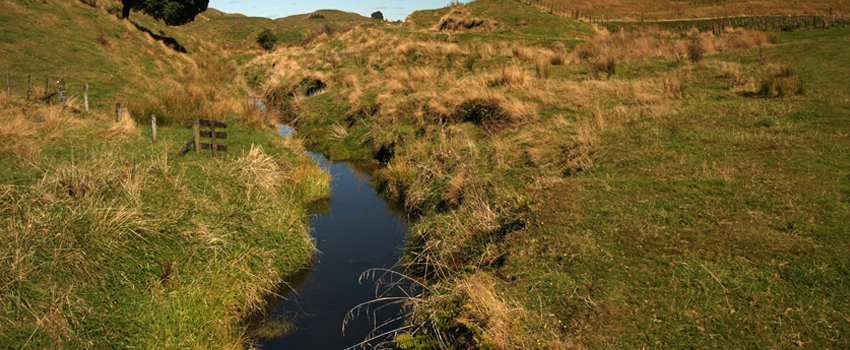Farming for the future
By Jay Sorensen

Farming in 2016 is more challenging than ever; not only is there the weather, feed levels, finances and of course animal health to worry about, but also the tougher legislative environment which now faces our farming communities. The main changes relate to health and safety and tighter environmental controls, with these likely to have an impact on the way you farm. This article focuses on the changes around environmental regulations or sustainable nutrient management as it has been termed.
On 1 October 2015, the Hawke’s Bay Regional Council’s Plan Change 6 became Operative within the Tukituki catchment. The underlying focus of this plan change is to improve water quality within this catchment. The improvements to water quality are a directive placed on all Regional Councils within New Zealand by Central Government, with these changes happening throughout the country.
In order to meet the rules implemented under Plan Change 6, the majority of land owners will be required to complete nutrient budgets and farm environmental management plans by 31 May 2018, which will aim to minimise nutrient loses from the property. These will need to be completed by qualified nutrient advisors.
These farm environmental management plans will become key tools, and will likely influence the way you farm and your management thought processes. You therefore need to be sure that these plans are clear and accurate with any recommended changes having the least impact on the productivity, profitability and equity of your farm.
The proposed changes could also be beneficial, as you may be able to manage your nutrients more efficiently and therefore create some cost savings. There are a number of different management techniques which can be undertaken for both nitrogen and phosphorus loss mitigation, which are the main two nutrients impacting on water quality. The changes need to be understood by the farmer, and require discussion as to the best way to be implemented.
Due to nutrient constraints impacting on the management of property, these will need to be considered in any property transaction or finance deal. A greater amount of due diligence will therefore be required in any property transaction or valuation and we recommend that you discuss this with your professional advisers.
Whilst the current changes are currently focused on the Plan Change 6 and the Tuki Tuki catchment, Hawke’s Bay Regional Council are currently working through other catchments within Hawkes Bay with Tutaekuri, Ahuriri, Ngraruroro and Karamu or TANK currently being a focus.
These changes will eventually impact on the whole region and therefore all operators need to be aware of this changing legislation and the impacts this could have.
About the writer – Jay Sorensen is a Director / Registered Valuer at Logan Stone. He specialises in primary industry valuations covering the horticulture, pastoral, lifestyle and viticulture markets. Jay is also qualified in Sustainable Nutrient Management, to ensure that he stays at the forefront of the changing regulatory environment in the Agricultural Sector. Jay can provide you sound, independent answers, whilst upholding the utmost confidentiality. He is always on the look out for opportunities, and has made a commitment to ensuring rural property owners, and their networks get the best advice possible.
If you require independent advice around these issues, or other property related matters, or wish to discuss how these changes may impact your property, feel free to contact Jay on 027 498 9932 / jay.sorensen@loganstone.co.nz

